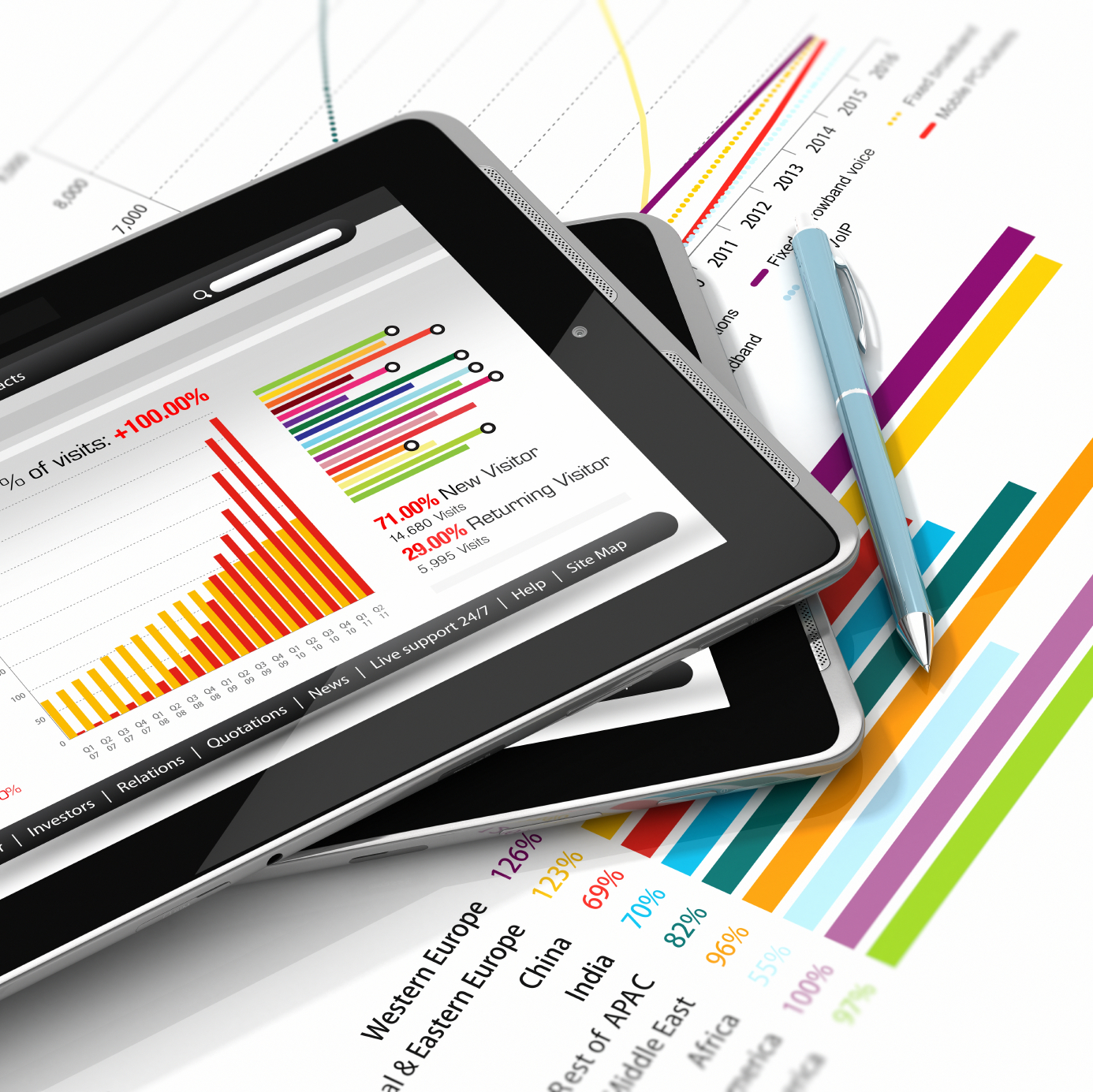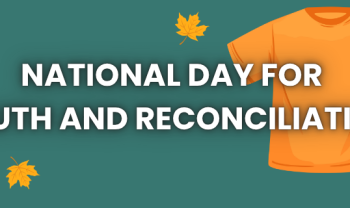The textbook is an almost extinct word in an era where iPads and Kindles are all the craze, especially during November, the month of Black Friday. The gadgets stop teachers from printing piles of paper and save the trees in our backyards. However, some may feel the publishing companies create thousands of jobs for people around the world. Check out the pros and cons of the ever-so-nifty Tablet:
Pro: Thousands of Books can be Downloaded
Get all that you need for your Marketing and Biology courses with a few swipes of your fingertips. Have over 20 books in the palm of your hands within the hour. No more endless trips to the mall and cautious coffee shop meetups with booksellers from Craigslist.
Con: Reading Slower on Tablets
The flipping of pages in a paperback feels natural and effortless. It’s something we grew to understand when we were younger, learning how to read books. Our intuition connects the childhood memories and the years we’ve spent being fully capable to read, making us experts. This causes the high efficiency of reading textbooks.
Pro: Less Strain on Your Back
A large majority of students carry bundles of 3.5 lb books on their sleep-deprived backs, hoping to save time when the only time saved is the next trip to your doctor, in regards to your back pains. Tablets weigh a mere fraction of a textbook at 1.5 lbs.
Con: Distractions of Apps
Snapchat, Vine, and Instagram are just a few of the trendiest of the gazillions of apps available on tablets. As the owner of the touch-screen devices increase, so do applications. Until proper hardware can control the problem of distraction, students are equipped well enough to work around school policies.
The learning curve between balancing social life and school life will be an ongoing issue for years to come. You can be the judge: is traditional learning still what the school boards should promote or is your children being tech savvy more important? Which method will reap far more benefits for their future? Let us know, down below in the comment section!





